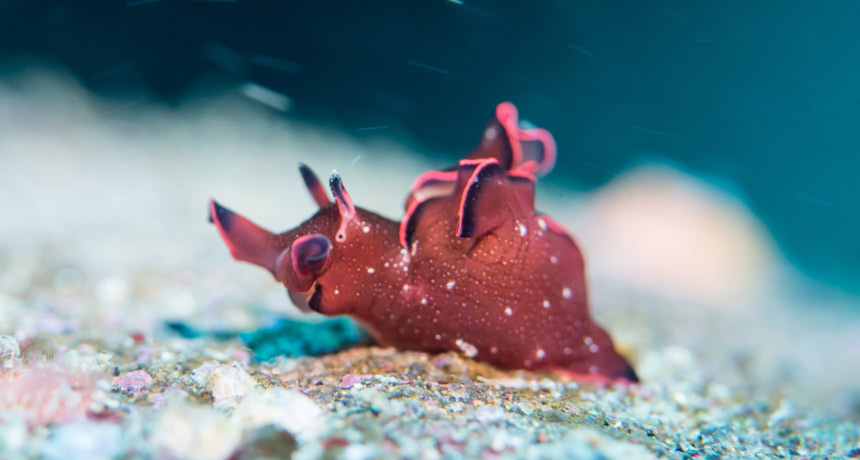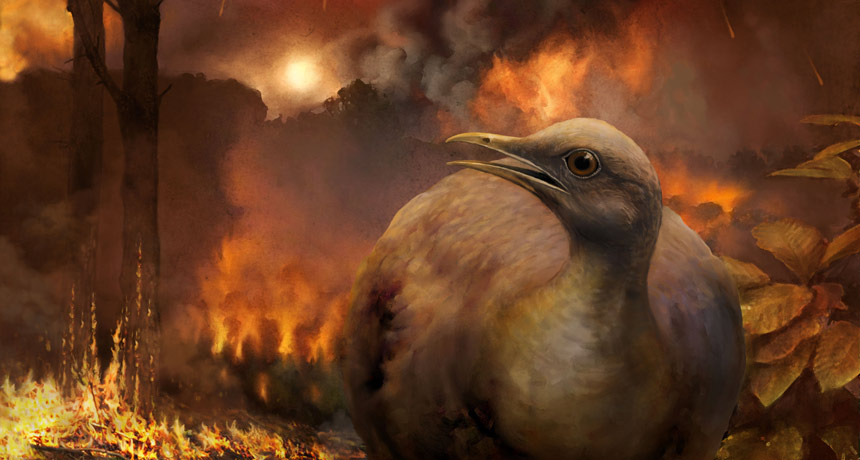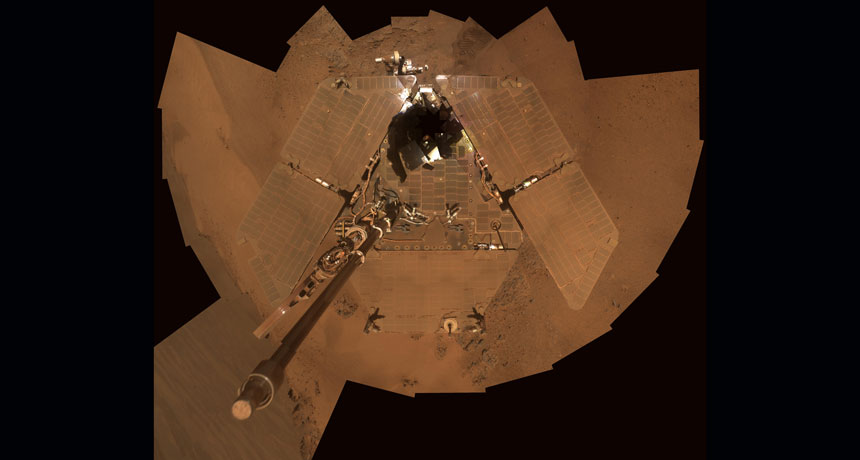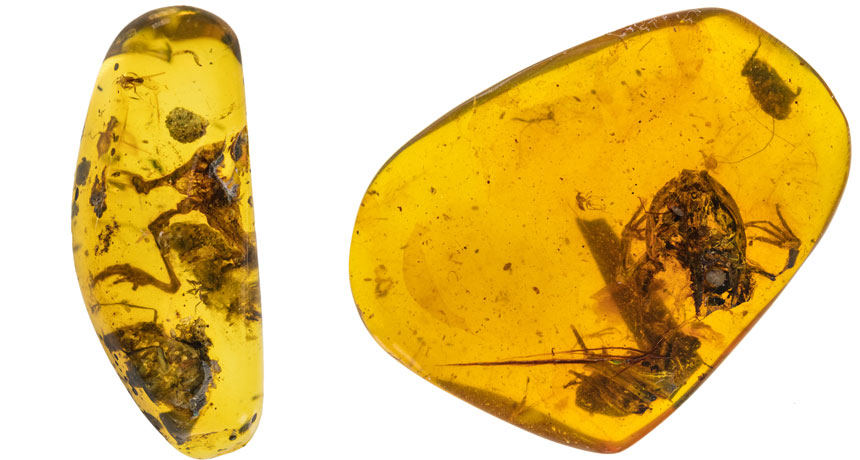RNA injected from one sea slug into another may transfer memories

Sluggish memories might be captured via RNA. The molecule, when taken from one sea slug and injected into another, appeared to transfer a rudimentary memory between the two, a new study suggests.
Most neuroscientists believe long-term memories are stored by strengthening connections between nerve cells in the brain (SN: 2/3/18, p. 22). But these results, reported May 14 in eNeuro, buoy a competing argument: that some types of RNA molecules, and not linkages between nerve cells, are key to long-term memory storage.
“It’s a very controversial idea,” admits study coauthor David Glanzman, a neuroscientist at UCLA.
When poked or prodded, some sea slugs (Aplysia californica) will reflexively pull their siphon, a water-filtering appendage, into their bodies. Using electric shocks, Glanzman and his colleagues sensitized sea slugs to have a longer-lasting siphon-withdrawal response — a very basic form of memory. The team extracted RNA from those slugs and injected it into slugs that hadn’t been sensitized. These critters then showed the same long-lasting response to touch as their shocked companions.
RNA molecules come in a variety of flavors that carry out specialized jobs, so it’s not yet clear what kind of RNA may be responsible for the effect, Glanzman says. But he suspects that it’s one of the handful of RNA varieties that don’t carry instructions to make proteins, the typical job of most RNA. (Called noncoding RNAs, these molecules are often involved in manipulating genes’ activity.)
But even the few scientists who question whether the strength of nerve cell connections is the key to long-term memory storage don’t necessarily buy Glanzman’s ideas. The fact that untrained slugs become more sensitive to touch after RNA injection is “amazing,” says biochemist Tomás Ryan of Trinity College Dublin, who wasn’t part of the study. “But it doesn’t go far enough to say that the memory has been transferred.”



